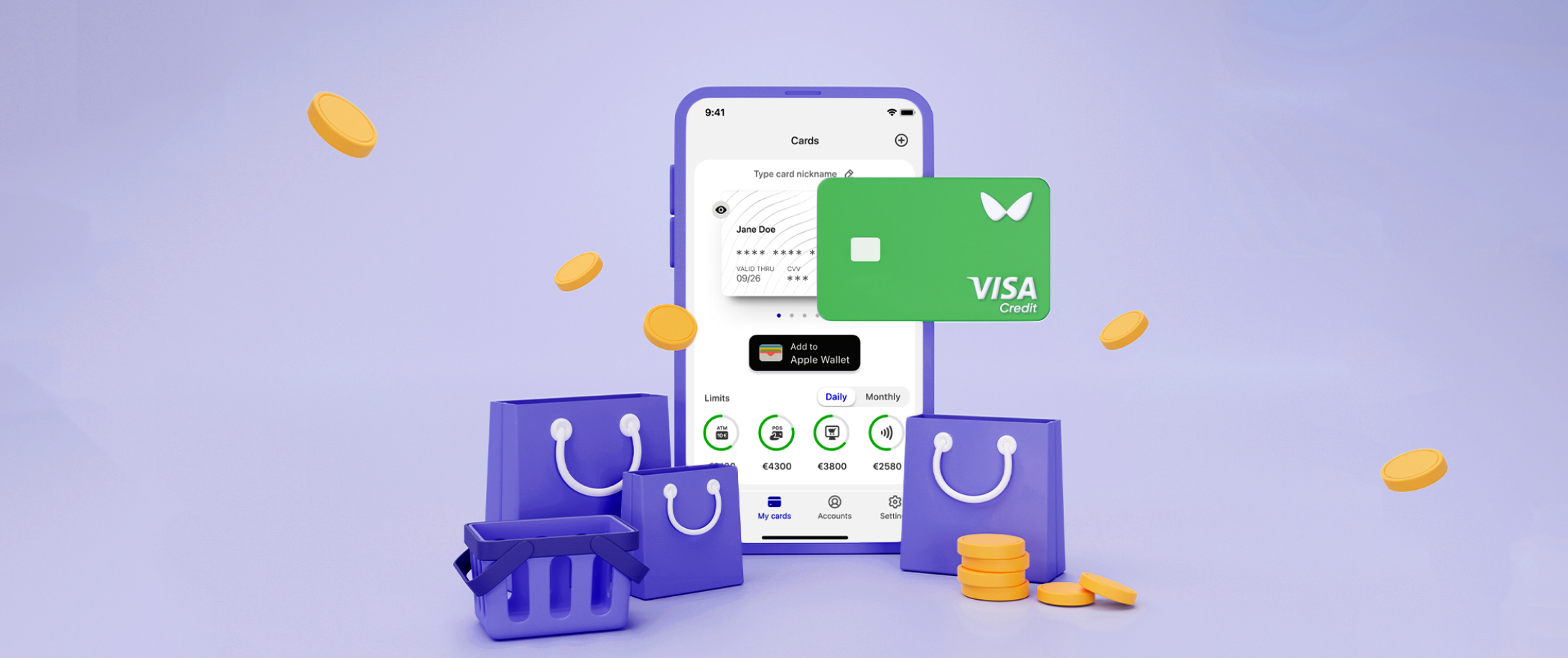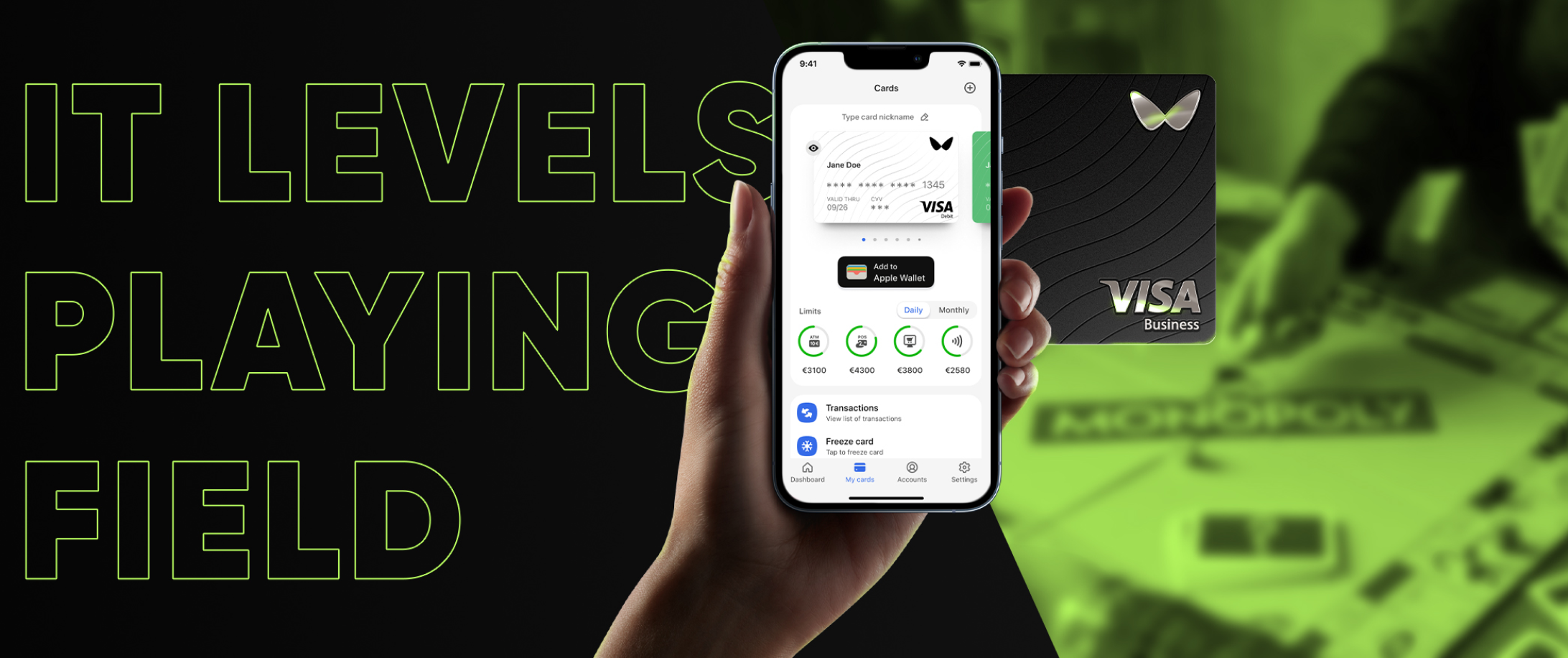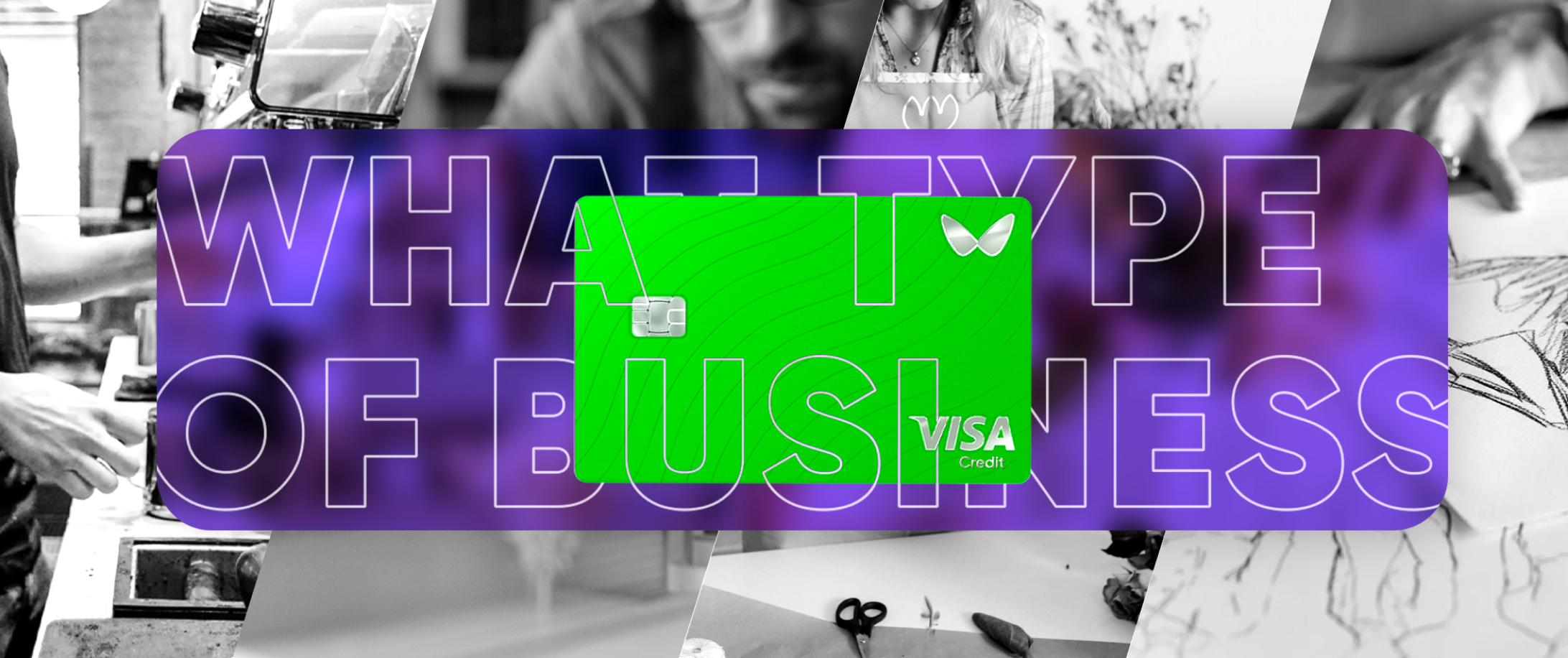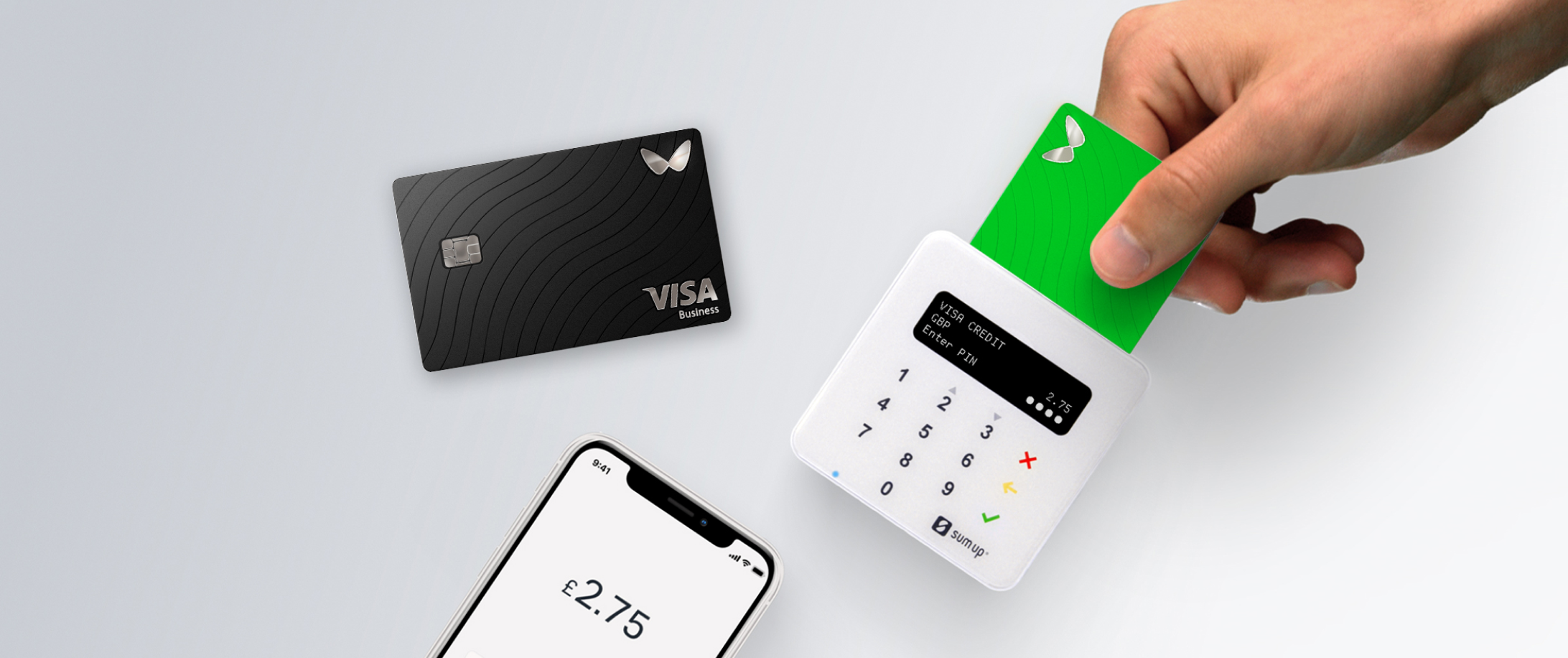When starting a business, one of the things you need to figure out is the mode of payment you’ll accept. More companies have embraced the cashless system, preferring point-of-sale (POS) systems and other online payment processing platforms. However, a study found that 34% of buyers purchase items using credit cards. As a small business, accepting credit cards is the best way to get paid by customers. We will discuss the several benefits in this article and the options available if you want to accept card payments from shoppers.
Benefits of Credit Card Payments
Card payments are advantageous to your business in the following ways:
It Legitimizes Your Business
Accepting credit card payments gives credibility to your enterprise. This is because companies go through several verification processes before being allowed by financial institutions to use their POS services. So, to make it easier for customers to trust your business, use the logos of credit card companies or banks you work with on your website.
It Increases Sales

According to Statista, there were 188 billion purchase transactions worldwide using Visa payment cards in 2020, a 1.3% increase from 2019. This shows that businesses encouraging their clients to use their cards experience increased sales. The preceding is primarily because credit transactions have less risk of fraud and are more convenient.
It Decreases the Danger of Receiving Bad Checks
According to a report, 71% of organizations were victims of payment fraud attacks/attempts in 2021. Fraud cases are common with checks, and accepting payments via credit cards reduces incidences of fraudulent transactions. Also, you will instantly get your money without worrying about the check bouncing.
It Enhances Your Company’s Cash Flow
Processing credit card payments is fast since it happens electronically. As a result, the money paid is immediately reflected in your company bank account.
However, the processor could also take days to get the money into your account. Either way, you have increased cash flow and done away with problems caused by checks, improper billing, and invoice collection.
It Levels the Playing Field

The transaction value in the Mobile POS Payments segment is projected to reach $0.58tn this year, according to Statista. Therefore, your business needs to start offering this payment processing gateway if it isn’t already. Additionally, accepting credit cards levels the playing field between you and your competitors.
With more consumers choosing to go cashless, they will likely go to companies that offer them POS or online payment options. Therefore, if you have not started accepting credit cards, now is a good time to start if you do not want your competitors to snag your clients.
It Is Cost-Effective
Using a POS or another online payment gateway is not expensive as you might assume. Several small business owners can afford one, and the processing fees are competitive.
Small businesses can take advantage of several credit card processors with merchant service packages, and the offers fit their operating budgets. So, take advantage of such packages and get payment software for your enterprise.
What Type of Business Is the Service Available for?

You might assume that registering your business with the proper governmental body makes you eligible to accept credit card payments. Wrong!
Credit card payments are not available to every small business. Therefore, a financial institution or credit card processor needs to grant you merchant status before using this service. A merchant status is what you get when a bank or credit card company agrees to give you the tools to accept credit card payments from your customers.
Therefore, you cannot accept credit card payments if banks or payment service providers do not grant you merchant status. Also, you must get the approval of every payment processor you want to use. For example, if you operate in the United States, you can apply for merchant status with American Express, one of the largest credit card issuers in the country.
You do not need to do much to get merchant status with American Express. The process is not complicated; it only requires filling out a form. But, if you want to use Visa or MasterCard, prepare for a cumbersome process, as these card providers work with banking institutions.
Therefore, the financial institutions must approve your application before you can work with these card companies. These banking institutions are known as ‘acquiring banks,’ they have requirements you must meet to get accepted. For instance, some of them have a time frame your enterprise must have been running before you can get verified.
However, if you are just starting your business, it does not mean that you cannot apply for merchant status. But you must get a financial institution that works with startups. This is because they see your acceptance of credit card payments as a credit extension to shoppers.
Banks are concerned that if your business packs up before goods get dispatched to buyers, the loss falls back to them. As a result of this rationale, businesses that operate from home might not get verified as merchants because they are high-risk enterprises. The financial institution’s primary explanation for their refusal is bad credit.
You should remember that getting verified as a merchant is almost like attempting to get a loan. Therefore, ensure you prepare well to convince the bank to accept your application. The bank might ask you to present the following:
- A reference on your creditworthiness
- An assessment of the number of credit cards you expect
- Operational plans
- Bank statement
- Advertising documents
- Advertising pieces
- Product log
The bank may send an official to visit and conduct an assessment if you operate a physical store. Also, the bank might assess your products or services to see how often buyers might return the things they buy or the chances of misunderstandings.
This is because refund requests lead to ‘charge-backs,’ which will cost you money. Charge-backs are standard with mail-order outfits and one of the foremost reasons such enterprises fail to get merchant status.
To ensure your application is not rejected, present an accurate evaluation of the number of charge-backs you might get. Also, include why you believe you will not exceed the estimate. If possible, include testimonials from past customers and show that your business will do well or is already making profits.
What Bank Should You Apply to for a Merchant Status?
Start with your current bank, especially if they hold your business money. If they reject your application, you can try contacting others. If you belong to a small business owners association, ask those who accept credit cards to recommend you to their provider.
How To Accept Credit Card Payments
After getting verified and acquiring the merchant status, you need to determine how to receive credit card payments. Below are recommended steps.
You Should Find a Credit Card Processing Provider for Your Small Business
First, determine the type of card you will accept on time to enable you to make an informed decision on the provider/processor to go for. For instance, if you are into e-commerce and engage in drop shipping, you need a different payment processing system than someone who runs a physical store.
The payment processor should be able to handle various transactions, irrespective of whether your business is virtual or onsite. Before choosing a provider for processing credit card payments, ask the following questions:
How much will you lose when paying fees to the provider?
This includes application, set-up, monthly statement, gateway access, interchange, and monthly minimum payments.
How compatible is the processor’s proprietary software with your type of business?
It is best to work with providers whose software works with mobile devices and has digital wallet options, especially if you own an e-commerce company.
Does the provider give interchange-plus pricing?
Interchange-plus pricing offers transparency and lets you know how much fees you are paying. As a result, you can track your expenses so you do not get overcharged.
Are there charges for early contract termination?
Contract termination fees vary from one provider to the next. However, ensure the company you go with demands an amount less than $400.
Open a Merchant Account
A merchant account makes it possible to accept payments via debit or credit card. However, it is noteworthy that some payment processors like Chase provide a merchant account as part of their services.
When a customer purchases a product or service, the money paid reflects in the merchant account first. Then, the payment processor transfers it to your business account. As mentioned earlier, the money transfer can be scheduled daily or weekly.
If you own an e-commerce store with online payment gateways, you need a virtual merchant account. The same strict rules apply since getting a merchant account is synonymous with obtaining a merchant status. Therefore, furnish the credit card processor with the following details:
- The number of credit card frauds recorded by your enterprise
- How long has your company operated
- The economic history of your company
- The existence of a previous merchant account
- Your credit record
Suppose your company is tagged as high-risk. It does not mean you cannot own a merchant account. However, the provider will ask for higher transaction fees. Once your business becomes established, you can renegotiate the prices.
Set Up Payment Terminals

The next step is setting up a payment terminal. Here, you need to determine if you are integrating the credit card payment processor with a POS system, an existing website, or the card processor’s tools.
Some service providers like Chase have integrations with POS systems, so all you may need to do is to download the extension and activate it or get the API (Application Programming Interface). Note that each processor has different methods of setting up a payment processing terminal.
Therefore, whether the payment terminal is online or for POS systems, follow guidelines to the letter. Generally, you need to:
- Create an account for receiving funds
- Establish locations
- Give employees permission
- Create taxes and inventory
If necessary, you may need to create coupons, discounts, and loyalty programs.
Configure Your Equipment
If your payment processor comes with hardware, you need to configure it. What you do at this point depends entirely on the equipment you purchase. For example, if you use a Near Field Communication (NFC), reader, you must connect it to your smart mobile device and open the app.
You can start processing credit card payments once you’ve accessed the POS software. You can connect it to standard credit card terminals using an internet or WiFi connection to load the receipt paper.
Test Your System
The last step is testing your payment processing system. Check the integration to ensure it makes the shopping experience easy for customers. Another thing you should do is confirm that the information on the card (e.g., name and number) enters the system correctly.
Also, the system should reject expired credit cards and those with a wrong Card Verification Value (CVV) number. It should also send an alert when it detects such errors. Unfortunately, most credit card processors do not have a preview or training on how to test your system’s functionality.
However, you can do so by going to terminal settings or doing a small transaction. Here, you can buy a product to see how well the payment gateway works. But you might not recover the transaction fees paid to the credit card provider.
If your small business is on Shopify, you can test your credit card payment system using the ‘bogus gateway.’ The platform also offers ‘dummy cards’ when performing system tests.
How Will You Accept Payments?
If you want to accept credit card payments from customers, there are three options to choose from. They include the following:
In-Person Payments
If you run a small business, the first payment option is in person. This means getting paid one-on-one and not online. Accepting in-person payment involves customers giving you their credit card after buying from your store or rendering service to them.
This payment method is the first pick for most small businesses because it reduces the fraud rate. Also, you won’t pay exorbitant fees as you would if you go with the other options discussed in this section. However, note that you have to get a working POS system and a card reader before receiving one-on-one payments.
Online Payments
Online payments are best for businesses like restaurants and online shops. So, if you do not run any of the two, this option may not be for you. This is because your business might suffer if you go with this payment option since it has high processing fees. However, if you want to use it for your small business, you must have a payment gateway.
Over-the-Phone Payments
Over-the-phone payments are those transactions that do not require a physical card. Usually, consumers use it to pay for the food they order. Instead of a card, you will receive a credit card number which you will input into a card reader.
Business owners distrust this payment method and for good reasons. For instance, it has a high fraud rate as buyers can use credit information that does not belong to them. However, if you choose to use this system of processing credit card payments, you need a POS, a credit card reader, or an online payment gateway.
Small Business Credit Card Service Fees
At this point, you already know there are charges for accepting credit cards. Processors use the money to verify the solvency of the credit card holder and check for fraudulent activities. If you use payment service providers, they will conduct these reviews at the gateway within moments.
They do this as soon as consumers use their cards. So, how much does this process cost?
You first need to know that credit card providers rarely levy monthly processing fees. Instead, they ask for transaction fees, and the card type shoppers use determines the amount you’ll pay. Generally, you may pay between 1.5% to 3.5% per every customer that uses their card.
Mastercard and Visa ask for 1.55% and 2.6% and 1.43%, and 2.4%, respectively. On the other hand, you’ll pay 2.5% and 3.5% every time shoppers use their American Express card. So, again, you have to decide the card you want to accept and vice-versa.
What Are the Best Payment Service Providers?
The followings are the best credit card payment providers and all the vital details you should know.
| # | Pros | Cons | Fees |
|---|---|---|---|
| PayPal | – Easy of use – It uses high encryption to secure your credit card data | It attracts fees | 1.20% and an additional fixed fee of $0.30 for every trade |
| Square Payments | – It works for credit and debit cards – You don’t have to pay for the service – You get your money within two days | – Does not accept high-risk businesses – Costly add-on services | 2.6% plus $0.10 per use |
| Stripe | – Transparent pricing minus set-up and flat rates – You don’t pay cancellation or monthly charges – Works with several payment methods and currencies | – Don’t work well with in-person retail stores and restaurants – Hard to use without software development expertise | – 2.9% plus 30 cents per online transaction – 2.7% plus 5% per in-person transaction |
| Wallester | – Real-time control of business expenses – White-label cards – Multifunctional customizable cards – Virtual cards – Tokenization – Notification using REST API | None | No maintenance fees |
FAQs
Can companies refuse to accept credit cards?
Yes. State and federal laws give businesses the freedom to accept or deny credit card payments. However, it is up to you to determine the maximum quantity of goods clients can purchase with their cards.
Can I accept credit card payments without a merchant account?
Yes. Alternatively, you can choose payment service providers, e.g., PayPal.
How can credit card processing help my business?
Accepting credit card payments helps with client retention and improves cash flow. For more details, refer to the section on the advantages of accepting credit card payments.
What equipment is needed for credit card processing?
Credit card processing requires a point of sale (POS) system, a card reader, a virtual terminal, a wireless credit card machine, and a mobile phone.
What is the average fee for credit card processing?
It ranges from 1.5% to 3.5% for every transaction.
What are the credit card processing fees?
It ranges from 1.5% to 3.5% of each sale amount. The amount is significant for small enterprises, primarily if buyers use cards that attract high fees.
Can I accept credit card payments as an individual?
Yes, you can, even if you do not have a registered business.
We will be happy to meet and discuss your business case and how we can help.
Please feel free to contact us here.
We’re here to assist you.


